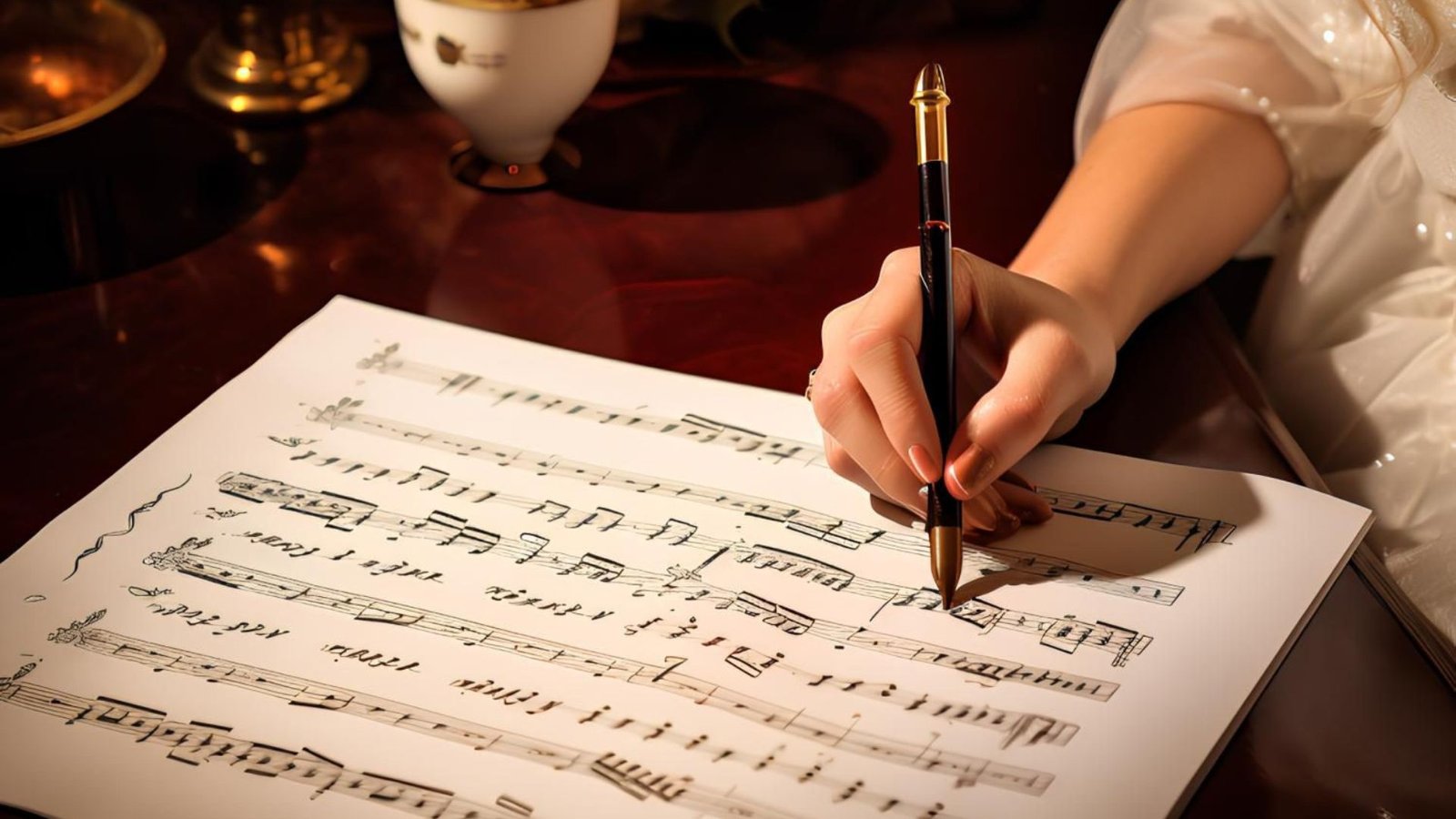Iconic Indian Music Directors
Indian cinema has long been known for its rich musical heritage, largely shaped by visionary music directors whose compositions have left an indelible mark on the industry. These music directors have created unforgettable soundtracks that continue to resonate with audiences, spanning various genres and decades. This article highlights some of the most iconic Indian … Read more



